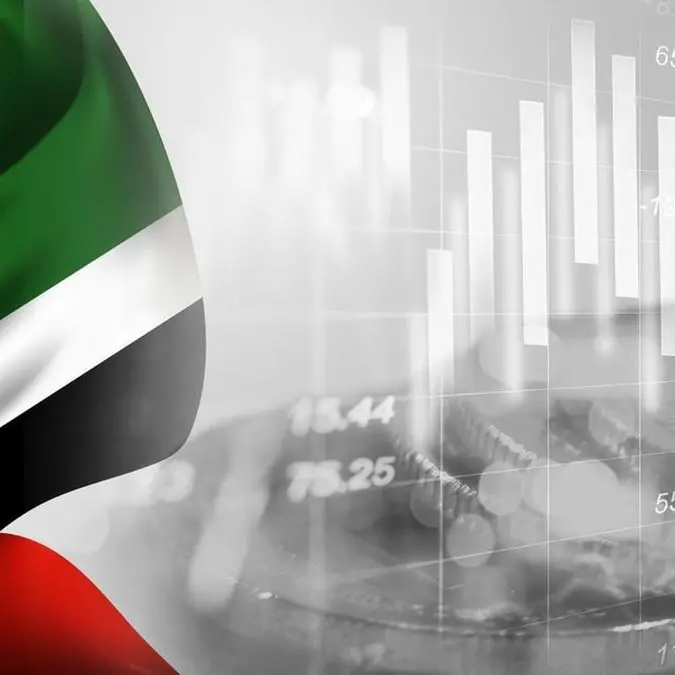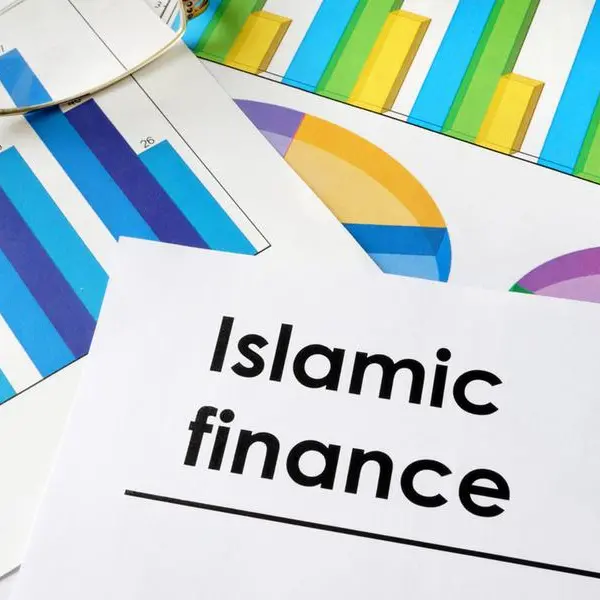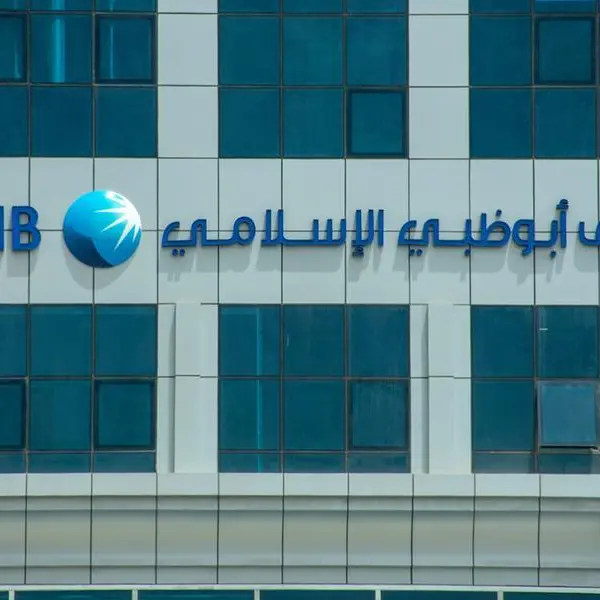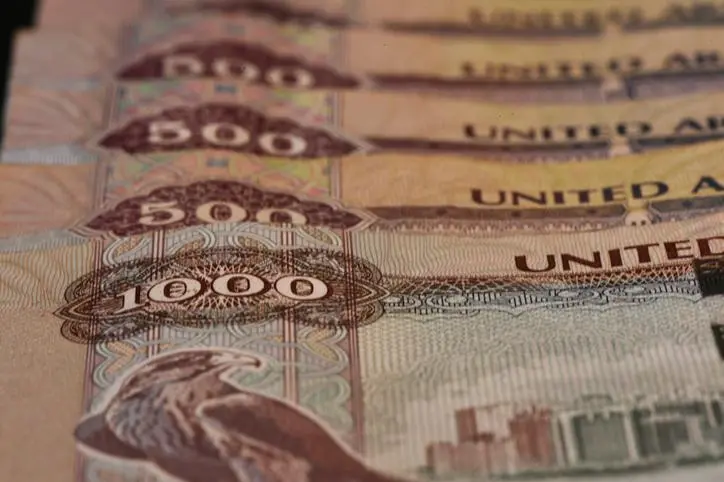PHOTO
Oman’s Islamic finance industry is poised to cross $40 billion in the medium term, and be at $30.9 billion as of end-September 2024, with Islamic banking assets accounting for just over two thirds. This is followed by outstanding sukuk (30%) and takaful contributions (1%), according to Fitch Ratings.
Increasing public demand, deepening distribution channels, use of sukuk as a public funding tool by the sovereign and corporates, and regulatory steps could drive further growth in the Omani Islamic finance sector, says Fitch Ratings.
The Central Bank of Oman (CBO) addressed a structural gap in October 2024 with the introduction of the Bank Deposit Protection Law, which would protect Islamic banks’ deposits. “We expect this will aid confidence in Oman’s Islamic banking sector as the previous deposits insurance scheme only covered conventional banks’ deposits,” says Fitch.
Headroom to absorb shocks
Omani Islamic banks’ total assets (including windows) reached OMR8.2 billion ($21.3 billion) at end-3Q24, with Islamic banking growing to a market share of 18.7% of Omani’s banking sector assets (end-3Q23: 17.6%). Favourable economic conditions, improving asset quality, stable profitability and capitalisation and reasonable liquidity should provide banks with some headroom to absorb moderate shocks should geopolitical tensions in the region heighten.
Islamic banks’ financing growth (end-3Q24: 12.6% yoy) significantly exceeded that of conventional banks (3.2% yoy), as did Islamic deposit growth (23.7%, versus 11.3%). Islamic banking windows gain advantages from leveraging their parent conventional bank's established franchise and infrastructure, resulting in greater cost efficiency.
Profit-and-loss sharing contracts are fundamental to Oman's Islamic banking, with diminishing musharaka comprising 43.1% of total financing and wakala (23.6%) at end-2023.
The Omani debt capital market (DCM) reached $45 billion outstanding, although had increased by just 0.8% yoy at end-3Q24, with no expectation of a significant short-term surge as the government pre-pays more of its debt using the budget surplus from high oil prices.
Omani DCM
Fitch rated $6.5 billion of outstanding Omani sukuk – all at ‘BB+’ – in 3Q24, issued equally among the sovereign and corporates. Sukuk has a sizable share (21%) of the outstanding DCM mix at end-3Q24. The Omani DCM is still at an early stage of development, and is the second-smallest amongst GCC countries. However, sukuk issuance expanded by 86% yoy to $2 billion in 9M24, outpacing bond issuance ($5.6 billion; up 53%).
Oman has started several initiatives to develop its DCM including the issuance of a circular by the CBO in October 2024, aimed at strengthening the banking sector’s resilience to climate-related risks. Additionally, Oman unveiled its sustainable finance framework earlier this year and established the Financial Services Authority (FSA), which replaced its Capital Market Authority in March 2024, and has issued sukuk and bond regulation. These initiatives add regulatory clarity and could contribute to DCM development.
The Omani takaful industry grew by a modest 0.8% in the gross direct premiums segment, and reached OMR76.8 million at end-2023, representing 14% of insurance companies’ gross direct premiums, according to the Omani’s Insurance Market Index 2022–2023. The takaful policies were 316,933 policies at end-2023 (up 24% yoy), dominated by general takaful (89%).
The Omani Islamic finance sector remains one of the smallest in the GCC and continues to face several challenges, including the lack of Islamic liquidity-management instruments, and smaller capital bases compared to the conventional banks, which could restrict their involvement in major government financing projects. However, the sector has long-term growth potential, given the recent government regulatory developments and Oman’s predominantly Muslim population.-
Copyright 2024 Al Hilal Publishing and Marketing Group Provided by SyndiGate Media Inc. (Syndigate.info).






















